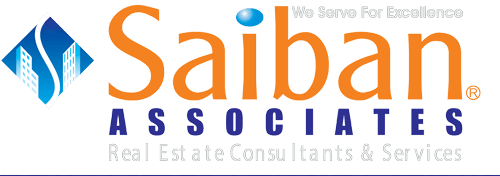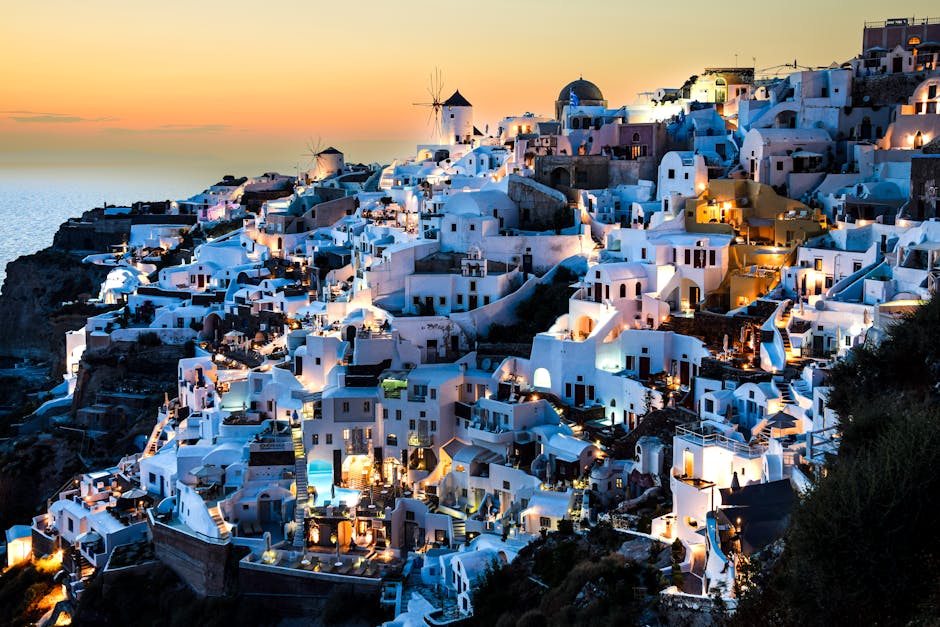Understanding Urban Landscapes
Urban landscapes refer to the layout and features of cities and towns, encompassing buildings, infrastructure, open spaces, and more. Understanding urban landscapes involves recognizing how these elements interact to shape a city’s character and functionality. Key points to consider include:
- Architecture: The design and style of buildings in a city contribute to its visual identity and cultural heritage.
- Infrastructure: Roadways, public transportation, and utilities are crucial components that support urban activities.
- Green spaces: Parks, gardens, and other open areas enhance the quality of urban life by providing recreational and environmental benefits.
- Community dynamics: The way people interact with each other, businesses, and public services influences the social fabric of urban areas.
By comprehending these aspects, we can appreciate the significance of urban landscapes in fostering sustainable, vibrant, and livable communities.
Importance of Advanced Real Estate Solutions
Advanced real estate solutions play a crucial role in transforming urban landscapes by enhancing development processes. These solutions help streamline tasks, improve efficiency, and enhance overall decision-making in the real estate industry. Through advanced technologies and innovative approaches, real estate professionals can optimize their operations, provide better services to clients, and adapt to the rapidly evolving market trends. By embracing advanced real estate solutions, professionals can stay ahead of the competition, drive growth, and contribute to the dynamic modernization of urban environments.
Trends in Modern Development
Modern development in urban landscapes is witnessing a shift towards more sustainable and integrated solutions. Green building practices are becoming increasingly popular, with a focus on reducing environmental impact and promoting energy efficiency. Mixed-use developments are also on the rise, blending various functions like residential, commercial, and recreational spaces in a single area. Smart technology integration is another trend, where buildings are equipped with advanced systems to improve efficiency and convenience. Lastly, community-centric design is gaining traction, emphasizing the creation of vibrant and engaging spaces that cater to the needs of residents.
How Technology is Shaping Real Estate Solutions
In the modern world, technology plays a significant role in shaping real estate solutions. With advancements such as virtual reality tours and online property databases, finding, buying, or renting a property has become more convenient and efficient. Real-time data analytics help in making informed decisions about property investments, while smart home technology is revolutionizing the way properties are managed and lived in, enhancing comfort and security. Blockchain technology is also being explored for its potential in property transactions, offering increased transparency and security.
Sustainable Urban Development
Sustainable urban development focuses on creating cities that meet the needs of people while preserving the environment for future generations. It involves designing buildings and infrastructure that are energy-efficient, reducing waste and emissions, and promoting green spaces within urban areas. Key aspects of sustainable urban development include:
- Energy-efficient buildings
- Waste reduction initiatives
- Emission control measures
- Promotion of green spaces
Maximizing Space and Resources
Urban developers use advanced real estate solutions to maximize space and resources in modern cities. By utilizing innovative techniques like vertical construction and mixed-use zoning, developers can create efficient and functional spaces that make the most of limited urban land. Additionally, smart technologies and sustainable building practices help optimize resource utilization, leading to environmentally-friendly and economically sustainable urban developments.
Designing for Efficiency and Community
Efficient urban designs consider how buildings and spaces can be utilized practically. Some features that optimize space use include green areas, communal spaces, and mixed-use buildings. Designers need to create spaces that promote interaction and connectivity among residents. This facilitates a sense of community and enhances the overall urban experience.
Integration of Smart Technologies
Smart technologies are becoming increasingly integrated into urban development projects. These technologies, such as smart sensors and IoT devices, are being used to enhance the efficiency and sustainability of urban landscapes. They can help monitor energy usage, improve transportation systems, and enhance overall quality of life for residents. Smart technologies are revolutionizing how cities are being built and managed, driving innovation and creating more connected and livable urban environments.
Challenges and Solutions in Urban Development
Urban development faces challenges like limited space, environmental concerns, and urbanization. Incorporating green spaces and sustainable designs can address these issues. Additionally, effective urban planning that focuses on mixed-use developments can help optimize land usage and create vibrant urban areas. Community engagement is crucial to ensure that development projects align with the needs and desires of the local residents.
Future Prospects and Innovations
Experts predict that future urban landscapes will witness a surge in sustainable and technologically advanced real estate solutions.
- Green buildings that prioritize energy efficiency and eco-friendly materials are expected to become more prevalent.
- Innovations such as smart homes with integrated technology for convenience and energy savings are on the rise.
- Urban planning trends indicate a shift towards mixed-use developments that combine residential, commercial, and recreational spaces.
- The integration of virtual reality and augmented reality in real estate processes is anticipated to revolutionize the way properties are marketed and visualized.



